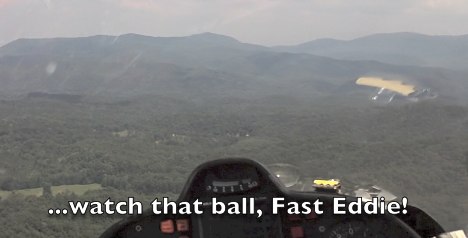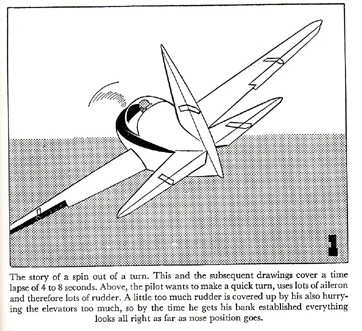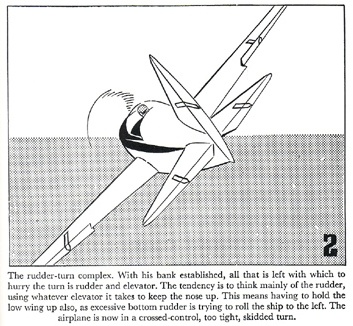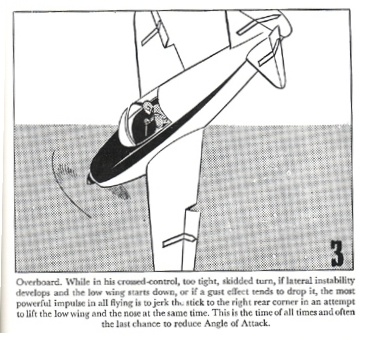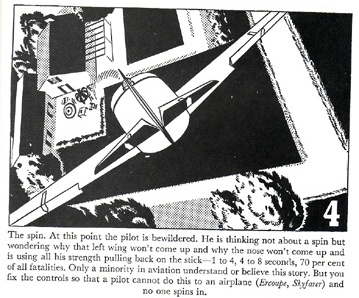radioguy01
Pre-Flight
- Joined
- Jan 12, 2014
- Messages
- 46
- Display Name
Display name:
radioguy01
Hi all,
I understand what happens in the deadly turn to final, with too slow + too much rudder + nose up attitude. But why is this happening? I read in the "learn to turn" thread (let's not go there), that one reason people make this mistake is that they are acares to bank more than 20' during approach speeds. If that's one of the "causes", is it because they turn so slow that they overshoot, then try to correct too much? My instructor is fine with 20' turns, bc he said with a passenger it's comfortable for them, but when I want my pattern work to be right I feel fine banking to 30'.
Just curious.
I understand what happens in the deadly turn to final, with too slow + too much rudder + nose up attitude. But why is this happening? I read in the "learn to turn" thread (let's not go there), that one reason people make this mistake is that they are acares to bank more than 20' during approach speeds. If that's one of the "causes", is it because they turn so slow that they overshoot, then try to correct too much? My instructor is fine with 20' turns, bc he said with a passenger it's comfortable for them, but when I want my pattern work to be right I feel fine banking to 30'.
Just curious.

